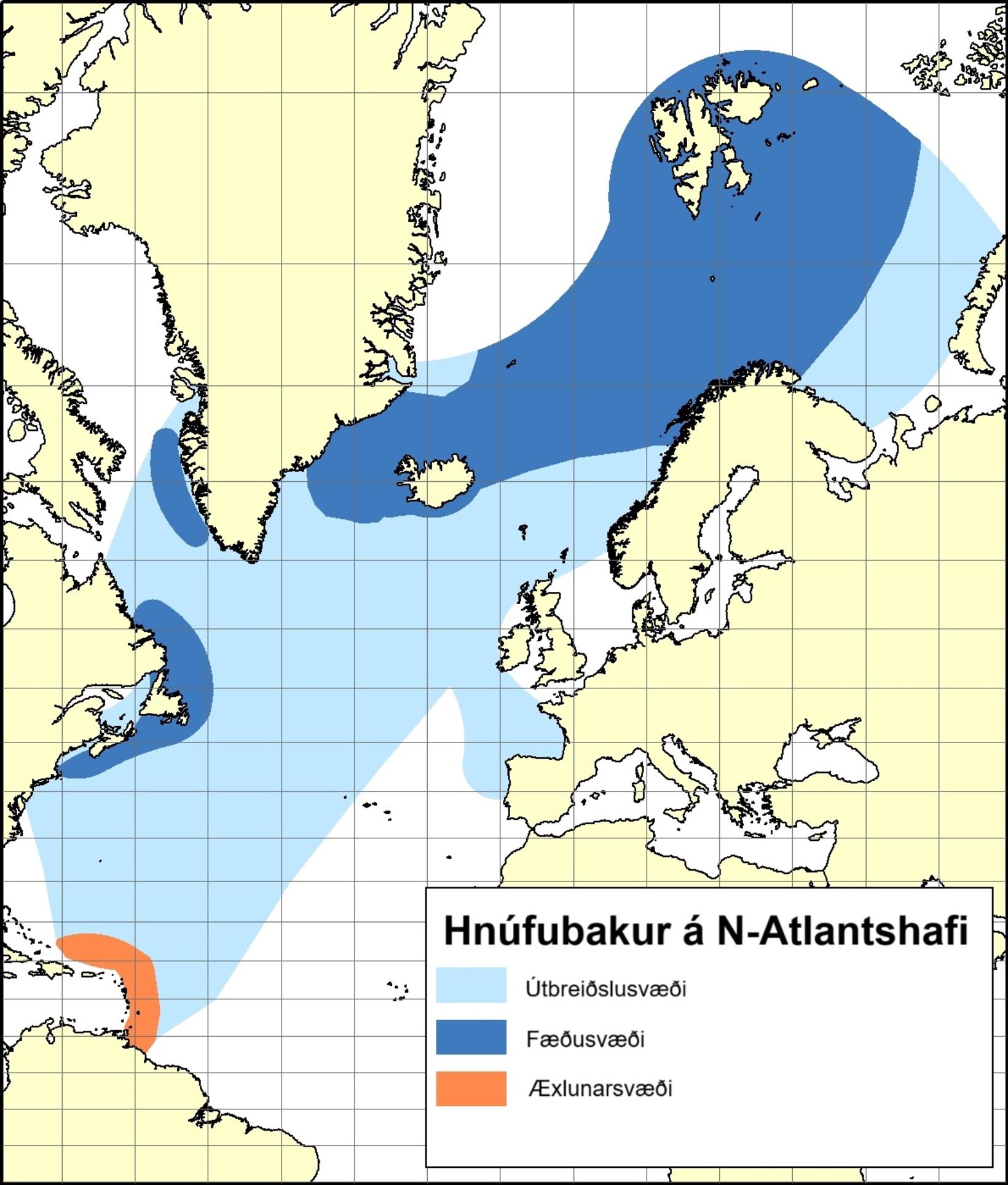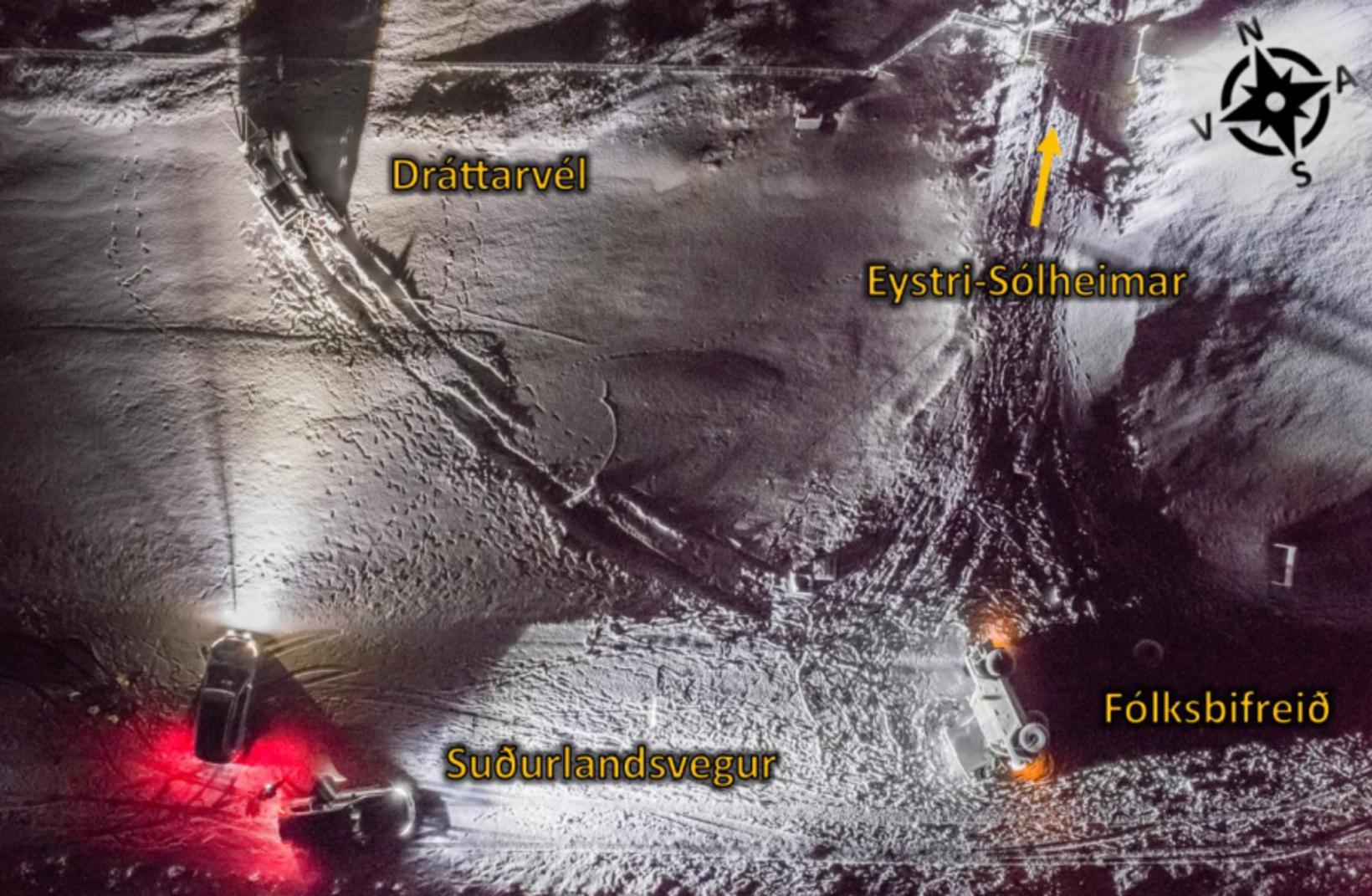Capelin 90% of Canadian humpback food

Analysis of fat samples from skin humpback to Newfoundland has shown that their food in the summer was about 90% of capelin, despite the collapse of the capelin stock in these areas. Studies have also shown a strong correlation between humpback tours in food search and capelin density.
It is stated in Morgunblaðið today that a parliamentary resolution on research on the destruction of humpbacks on the capelin stock in Iceland is being submitted.
« We came to the conclusion that the capelin was approx. 90% of the summer diet of humpback in their summer food areas off the northeastern coast of Newfoundland, despite the fact that the capelin stock in Newfoundland has not yet recovered from the collapse of the stock, « says a Canadian science, which was published 2021 in the Canadian Jouradian magazine.
The study was based on the analysis of fat samples taken in July and August in 2016 and 2017, and the results showed a comparable percentage of capelin in the whales' food both years, according to the article « Stable Isotope Analysis Reveals that Humpback Whales (Megaptera Novaeangliae) Primarily Consume Capelin (Mallotus Villosus) in Coastal Newfoundland, Canada« .
« Since the capelin is still in large quantities on the coast during the summer spawning season in certain areas, humpbacks could have kept capelin in high proportion of food both before and after the collapse of the capelin stock, similar to other predators. »
The article also states that capelin is more exposed to humpback humpbacks than sand filters where the capelin in spawning grounds hold their density despite predators' attacks, while the Sandsian spawn late in the fall and winter and dig into sand during the day.
Thorsteinn Sigurdsson, CEO of the MRI, says in conversation with Morgunbladid It is known that the increase in humpbacks in the North Atlantic will affect the yield of the capelin stock, but it is not known how much they are. It is also stated that attempts have been made to achieve fat samples for analysis from 2018 to 2022, but this has been difficult.
Competing possibly for ate
There is strong evidence that humpbacks are specifically looking for food in areas where capelin can be found in summer, according to Norwegian scientists' article « Foraging Movements of Humpback Whales Related to the Lateral and Vertical Distribution of Capelin in the Burents Sea« Which was published in the frotiers of Marine Science in 2023.
« Humpbacks are broadly accompanied by the distribution and vertical movements of the capelin when they are in a summer food area in the Barents Sea. Less speed and trend of horizontal movements within areas with high capelin density strongly indicates that humpbacks systematically apply in areas with high density of capelin, ”says the article.
The Norwegians, however, did not want to claim a laugh of humpback and say it is not clear whether the whales are looking directly in the capelin in the Barents Sea and/or that they are looking for the same prey as the capelin, that is, light -hearted or cancer.
« Regardless of whether other or both of these hypotheses are true, our discovery supports that the movements of humpbacks in food search will be affected by changes in the spread of capelin and its density that there is a strong relationship between humpback and capelin. »
Tied to a food area
Humpbacks have increased in the North Atlantic steadily in recent years and decades, but the species was protected in the middle of the last century.
This type of whale type will be about 15 to 17 meters in length and the females are about one to one and a half meters longer than the males. The animals become puberty when they are in the range of five to ten years old and dietary diet by regions, according to The Norwegian Marine Research Institute's websiteHav Foreign Affairs. It says that the food covers everything from light -hearted to small fish that swim in turf such as capelin and even herring.
In the summer there are humpbacks in food search in cold sea in the Arctic but swim south in warmer areas where they grow.
« The calves follow the mother for at least one year and that means that connection to certain food areas is formed through the mother. (…) North of the Dominican Republic of the Caribbean is a well-known land, where we find humpbacks that own food areas along the coast of the United States and Canada, in West Greenland, Iceland and the Barents Sea. Even if they have a common reproductive area, there is a small blend between animals in different food areas, ”says the Norwegian Institute's website.








